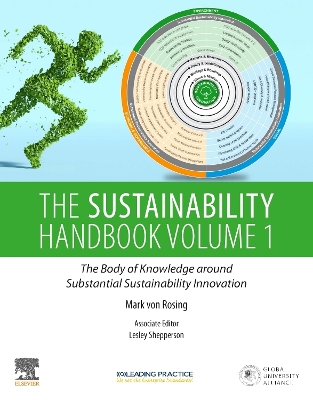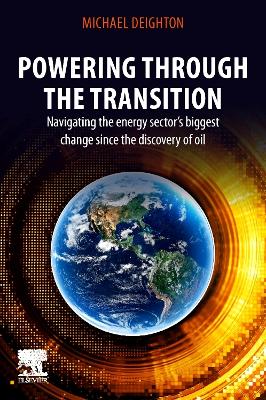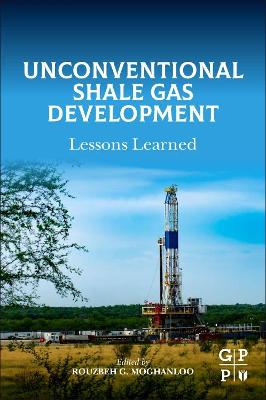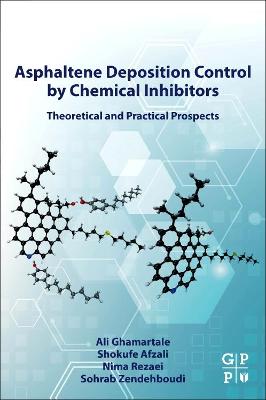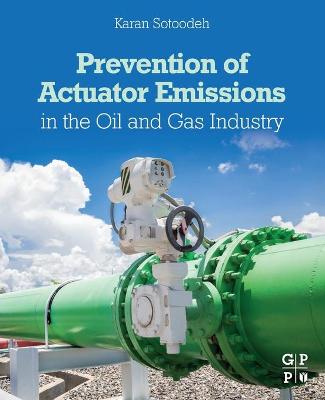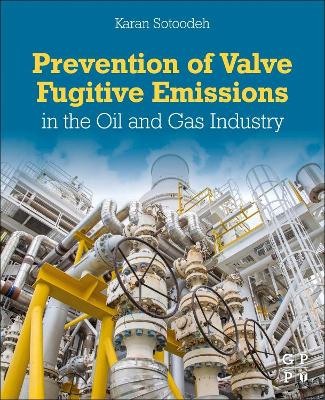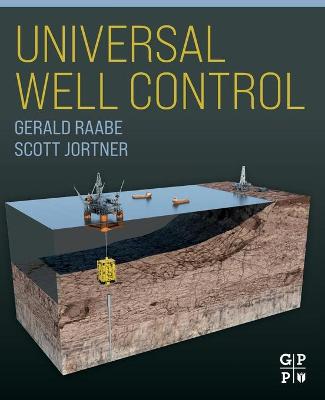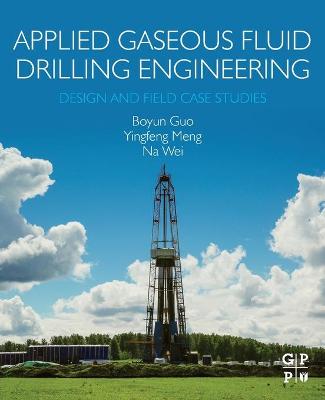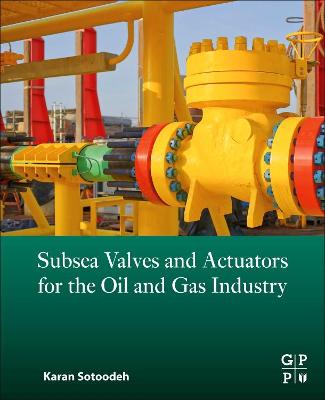Sustainable Geoscience for Natural Gas SubSurface Systems
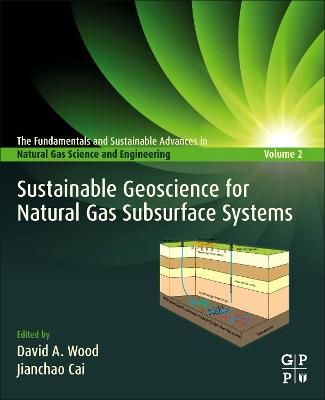 -10%
portes grátis
-10%
portes grátis
Sustainable Geoscience for Natural Gas SubSurface Systems
Cai, Jianchao; Wood, David
Gulf Publishing Company
11/2021
434
Mole
Inglês
9780323854658
15 a 20 dias
860
2. Three-dimensional gas property geological modelling and simulation
3. Acoustic, density and seismic attribute analysis to aid gas detection and delineation of reservoir properties
4. Integrated microfacies interpretations of large natural gas reservoirs combining qualitative and quantitative image analysis
5. Brittleness index predictions from Lower Barnett shale well-log data applying an optimized data matching algorithm at various sampling densities
6. Shale kerogen kinetics from multi-heating rate pyrolysis modelling with geological time-scale perspectives for petroleum generation
7. Application of few-shot semi-supervised deep learning in organic matter content logging evaluation
8. Microseismic analysis to aid gas reservoir characterization
9. Coal-bed methane reservoir characterization using well-log data
10. Characterization of gas hydrate reservoirs using well logs and X-ray CT scanning as resources and environmental hazards
11. Assessing the sustainability of potential gas hydrate exploitation projects by integrating commercial, environmental, social and technical considerations
12. Gas adsorption and reserve estimation for conventional and unconventional gas resources
13. Dataset Insight and Variable Influences Established Using Correlations, Regressions and Transparent Customized Formula Optimization
2. Three-dimensional gas property geological modelling and simulation
3. Acoustic, density and seismic attribute analysis to aid gas detection and delineation of reservoir properties
4. Integrated microfacies interpretations of large natural gas reservoirs combining qualitative and quantitative image analysis
5. Brittleness index predictions from Lower Barnett shale well-log data applying an optimized data matching algorithm at various sampling densities
6. Shale kerogen kinetics from multi-heating rate pyrolysis modelling with geological time-scale perspectives for petroleum generation
7. Application of few-shot semi-supervised deep learning in organic matter content logging evaluation
8. Microseismic analysis to aid gas reservoir characterization
9. Coal-bed methane reservoir characterization using well-log data
10. Characterization of gas hydrate reservoirs using well logs and X-ray CT scanning as resources and environmental hazards
11. Assessing the sustainability of potential gas hydrate exploitation projects by integrating commercial, environmental, social and technical considerations
12. Gas adsorption and reserve estimation for conventional and unconventional gas resources
13. Dataset Insight and Variable Influences Established Using Correlations, Regressions and Transparent Customized Formula Optimization


